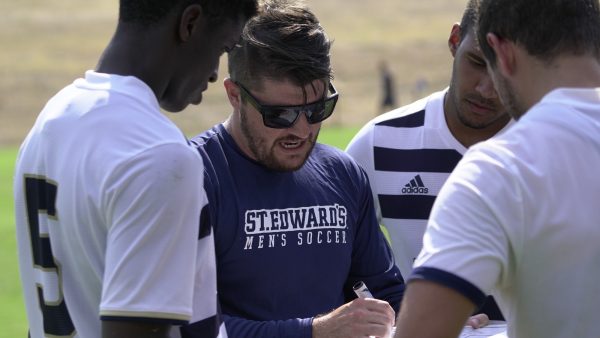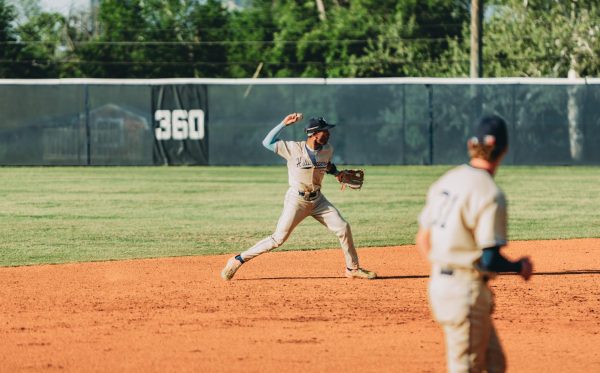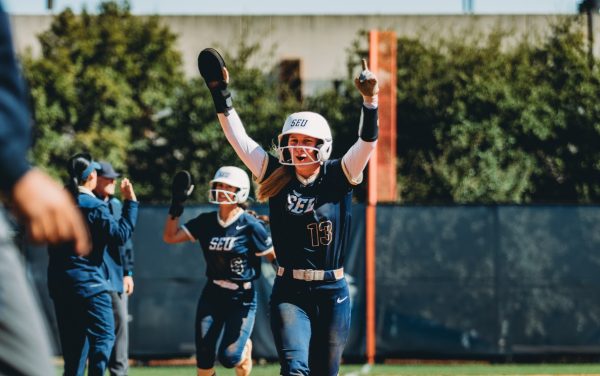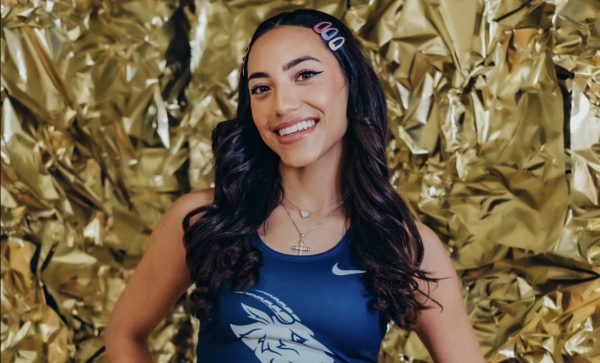COMMENTARY: Sports leagues should give athletes voices by amending shoe policies
In this country, successful professional athletes are under a very public spotlight and are idolized by young kids. Teams and leagues proudly boast on social media when their athletes are serving their communities – just as long as they aren’t literally standing up for issues they believe in.
It’s the 15th anniversary of the 9/11 tragedy, and besides the controversial act of kneeling during the National Anthem as a sign of protest against police brutality, another trending topic on this National Football League (NFL) Opening Night are cleats, which is leading many in the sports world to question the NFL’s uniform policy.
On Sept. 10, an NFL representative told Tennessee Titans linebacker Avery Williamson he would be fined for violating uniform code by wearing customized 9/11 cleats during the season opener. Instead of drawing negative attention, Williamson’s auctioned the cleats to benefit wounded war veterans associated with Operation Warrior Wishes.
The @NFL banned @AWilliamson54 from wearing his custom cleats, but two police unions have his back. https://t.co/mfMBsKd3lI @JasonWolf
— USA TODAY (@USATODAY) September 10, 2016
The gist of the NFL’s strict shoe policy is: “All players on the same team must wear shoes with the same dominant base color. A player may wear an unapproved standard football shoe style as long as the player tapes over the entire shoe to conform to his team’s selected dominant base color (i.e., white or black).”
However, these rules don’t seem to apply during October, when NFL players can wear anything pink supporting breast cancer awareness.
RT kicksonfire NFL Kicks: Andre Johnson And Hakeem Nicks Wear Pink Air Jordan 6 Cleats For Breast Cance… … pic.twitter.com/FB3ZTFWra6
— New Shoe Tweets (@NewShoeTweets) October 6, 2014
On July 6, Minnesota police fatally shot a black man in his car as his girlfriend recorded on Facebook Live. A day later on July 7, an armed gunman destroyed a peaceful #BlackLivesMatter protest in Dallas, Texas by killing five police officers.
In response, some Minnesota Lynx team members of the Women’s National Basketball Association (WNBA) wore black anti-violence warm-up shirts that drew attention to the deaths in both crimes that read “Change Starts With Us,” referring to every individual – which resulted in team and individual fines.
“This is a human issue & we need to speak up for change, together.” -Maya pic.twitter.com/tyfl65Ag81
— Minnesota Lynx (@minnesotalynx) July 9, 2016
“When the shooting in Orlando happened [on June 12,] the WNBA immediately sent shirts for us to wear to show support,” Phoenix Mercury center Kelsey Bone said on Twitter regarding the hate crime in a gay bar. “Why support one cause and not the other?”
Although the WNBA fines were later reversed, this isn’t the case for other pro athletes.
The NFL denied the Dallas Cowboys from wearing a helmet decal honoring the slain Dallas police officers during summer workouts, just as two Pittsburgh Steelers were each fined $5,787 last season. Running back DeAngelo Williams promoted breast cancer awareness by wearing “Find the Cure” in his eye black, and cornerback William Gay wore purple cleats raising awareness for domestic violence, per Jason Wolf of the USA Today.
However, in Major League Baseball (MLB), several athletes have worn customized cleats honoring historical dates and personal tributes that don’t match their team colors without receiving as many fines and restrictions.
Although MLB has a lot of jersey rules, there are not any specific shoe coloration rules in the MLB 2016 Official rules. The only shoe rule is spikes and attachments to the toes and heels of shoes are not allowed.
Shoes are fashion statement, as proven by the several players and non-athletes strutting their name-brand shoes. In fact, they are one of the few things both men and women care an awful lot about.
If sports leagues want to have uniform consistencies unrelated to shoes, that’s fine. But athletes should have the ability to take a stand for issues they believe in – by letting their feet be useful for more than just running.
Maybe if MLB’s non-restrictive shoe policy were implemented across all leagues, San Francisco 49ers quarterback Colin Kaepernick would stand tall with his hand over his heart during the National Anthem to show off his controversial shoes, instead of resorting to disrespecting the values behind this special sports tradition by taking a knee.
The national anthem protest IS growing! #BlackLivesMatter
h/t @ShaunKing pic.twitter.com/pjkltQ7bwi— Save Main Street (@SaveMain_St) September 12, 2016






